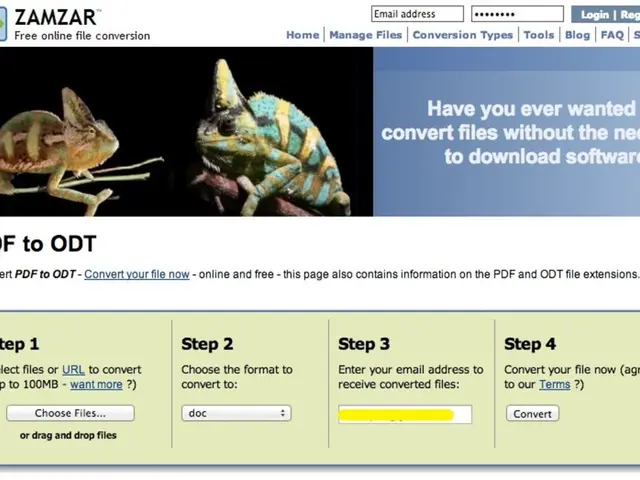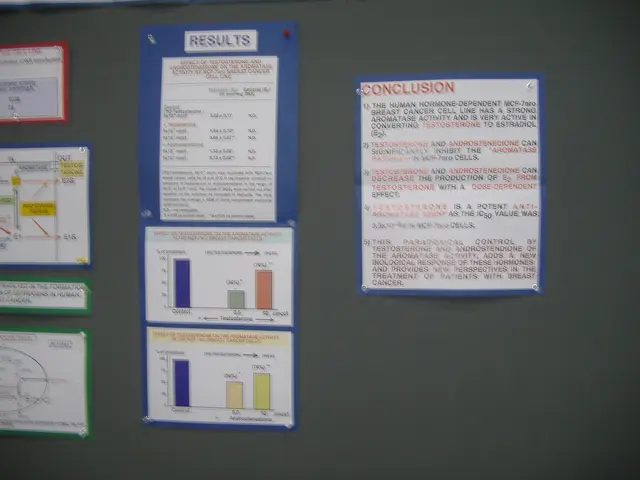Index Selection at Factor Funds: Which One Suits You Best?
Article: The Rising Star of Factor Investing in India: The Nifty Total Market Momentum Quality 50 Index
In the world of investment strategies, a new contender has emerged on the National Stock Exchange (NSE) of India. The Nifty Total Market Momentum Quality 50 Index, a factor-based index, has been making waves with its impressive long-term returns.
This index, which selects 50 stocks from the Nifty Total Market based on a composite factor score that includes momentum and quality factors, has shown a remarkable compound annual growth rate (CAGR) of 21.70% since its inception in April 2005. Despite a negative 1-year total return of -12.11% as of July 31, 2025, the index's long-term performance is hard to ignore.
The index's selection process is unique. Stocks are chosen based on their momentum, calculated from 6-month and 12-month price returns adjusted for volatility, and quality, assessed using return on equity (ROE), financial leverage (debt/equity ratio), and earnings growth variability over 5 years. The weights combine the composite factor score and free float market capitalization, with individual stock weights capped.
Comparatively, the Nifty Total Market Momentum Quality 50 Index shows a better long-term CAGR compared to large-cap benchmarks like the Nifty 50. Although direct comparisons were not readily available, the traditional Nifty 50 returns have generally been lower. However, it's important to note that short-term performance can be volatile, as indicated by the index's recent 1-year return.
The index's sector and stock allocation also differ from parent indices, with top holdings like Coromandel International, Maruti Suzuki, and Divi’s Laboratories reflecting factor-based selection rather than pure market-cap weighting.
Other NSE-related ETFs with factor orientations include the HDFC Nifty100 Low Volatility 30 ETF and HDFC Nifty50 Value 20 ETF, which rank in the top 10 ETFs by 3-year return. These ETFs seek to exploit low-volatility and value factors compared to the classic Nifty 50.
In 2025, the market outlook suggests overall muted returns for broad Nifty indices. However, better returns are expected from active sector rotation, underscoring the potential for factor investing strategies to add value through stock selection.
In summary, the Nifty Total Market Momentum Quality 50 Index is among the best-performing factor indices on the NSE, boasting strong long-term returns relative to broad indices, although recent short-term performance shows some volatility. Factor indices in India, including low volatility and value factor-based ETFs, offer distinct risk-return profiles compared to their parent indices and can provide alpha through systematic factor exposures.
[1] Source: NSE India Website [3] Source: Moneycontrol.com
Investing in mutual funds that track factor-based indices like the Nifty Total Market Momentum Quality 50 Index could lead to potential high returns in the long term, considering its impressive compound annual growth rate since 2005. The finance sector is seeing a rise in the popularity of factor investing, with various ETFs like the HDFC Nifty100 Low Volatility 30 ETF and HDFC Nifty50 Value 20 ETF offering distinct risk-return profiles compared to traditional indices.






